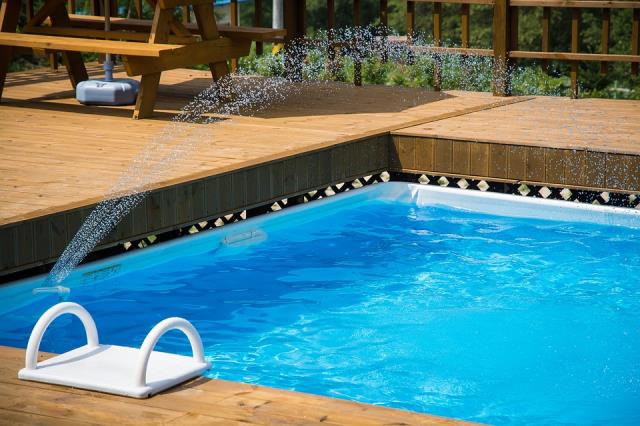Bacchus Marsh is in the midst of a property boom.
The once rural town is fast becoming a favourite destination for investors and first-home buyers – and a 20 per cent jump in house prices proves their savvy.
Median house prices jumped by 19.6 per cent to $440,000 in the year to September 30, new Real Estate Institute of Victoria data reveals.
This price hike was far ahead of Darley’s growth (12.1 per cent), Ballan’s (9.5) and Melton’s eastern corridor, which has traditionally experienced strong growth.
The data comes just months after Moorabool council approved its Housing Bacchus Marsh 2041 strategy which identified housing supply and demand, and set a strategy for residential growth that considered the specific housing pressures at Bacchus Marsh.
Moorabool council’s acting strategic and development manager Andrew Goodsell said last year that Housing Bacchus Marsh 2041 would establish guidelines and a framework to protect the character of the town.
REIV chief executive Geoff White said “all the stars [were] aligned” for Melbourne’s property market.
He said the spring market experienced everything a seller needed – solid price growth, high clearance rates and strong buyer demand.
“Everything is aligned for sellers, who are benefiting from strong buyer confidence and record low interest rates,” Mr White said.
“Melbourne’s more affordable areas continue to appeal to buyers seeking the value and space that the outer suburbs offer,” he said, predicting the market will continue to improve.
Sweeney Bacchus Marsh real estate agent Kelvin Gaffiero said many buyers are attracted to the town’s “country-feel”. He didn’t expect this to change any time soon.
“People who’ve been living in Werribee, Tarneit, Wyndham Vale and those areas that were country towns 20 years ago are moving to the next suburb across, which is Bacchus Marsh,” Mr Gaffiero said.
Taylors Hill, Burnside Heights, Caroline Springs and Hillside also had high median house price growth, while Brookfield and Melton South prices rose by about 3 per cent.







